Stress is often called the silent disruptor - creeping in unnoticed until it manifests as exhaustion, illness, or burnout. While many people are aware of the mental and emotional toll of stress, fewer recognize its physical impact, especially in the form of thermal stress. Thermal stress, the body’s struggle to regulate internal temperature, is an early warning sign of hidden strain. Real-time stress feedback can help individuals catch these signals before they escalate, allowing them to make informed decisions about their health and performance.
The Hidden Impact of Thermal Stress
Thermal stress occurs when the body’s temperature regulation system is overwhelmed, often due to physical exertion, environmental heat, or chronic psychological stress. Over time, unchecked thermal stress can lead to:
- Fatigue and Reduced Performance: The body diverts energy to manage heat, leaving less available for physical or cognitive tasks (Nybo et al., 2014).
- Disrupted Recovery: Elevated body temperature prolongs inflammation and slows recovery after exercise (Bishop et al., 2019).
- Chronic Health Risks: Persistent thermal stress contributes to cardiovascular strain, immune suppression, and sleep disruptions (McEwen, 1998).
Despite these risks, most people remain unaware of thermal stress until they experience physical symptoms. By the time fatigue, overheating, or poor sleep sets in, the body has already been under strain for some time.
The Game-Changing Power of Real-Time Feedback
Real-time stress feedback changes the game by providing immediate insights into the body’s physiological state. Wearable technologies, like Mij™, allow individuals to track their core temperature and other markers of thermal stress. This data empowers users to:
- Identify Early Warning Signs: Spot subtle changes in temperature regulation before they escalate.
- Make Informed Adjustments: Optimize training, recovery, and daily routines based on stress levels.
- Prevent Long-Term Consequences: Address thermal stress early to avoid chronic health issues.
Scientific Evidence Supporting Real-Time Monitoring
A study published in the Journal of Applied Physiology found that athletes who monitored their thermal load during training were able to optimize performance and recovery more effectively than those relying on subjective feelings of exertion (Meeusen et al., 2013). Another study in Nature Reviews Endocrinology emphasized that thermal load tracking provides critical insights into the autonomic nervous system, which regulates stress responses (Shaffer et al., 2014).
Stories of Transformation: How Listening to Thermal Stress Changed Lives
1. David: The First Responder
As a firefighter, David faced extreme heat and physical demands on a daily basis. While he prided himself on his endurance, frequent headaches and fatigue started to affect his ability to perform in high-pressure situations. Using Mij™, David discovered that his core temperature often remained elevated hours after a shift, indicating incomplete recovery. By incorporating cooling strategies, such as hydration protocols, recovery protocols and cold packs, David significantly improved his endurance and mental focus during critical emergencies.
2. Lisa: The Police Officer
Lisa, a patrol officer, often worked long shifts in full gear, exposing her to fluctuating temperatures and high-stress scenarios. She began experiencing sleep disruptions and persistent fatigue but dismissed them as part of the job. Mij™ revealed that her thermal stress spiked during late-night shifts and after prolonged physical activity. By adjusting her hydration habits and incorporating active cooling techniques during breaks, Lisa worked with her employer to adjust strategies, including implementing active cooling techniques during breaks. These changes were adopted across her department, leading to improved overall performance and a significant reduction in injury reports to HR.
3. James: The Elite Athlete
James, a competitive cyclist, was no stranger to grueling training sessions. However, he often pushed through exhaustion, believing it was the only path to improvement. Real-time feedback from Mij™ showed that James’ thermal stress remained elevated even on rest days, a clear sign of overtraining. Armed with this insight, James and his coach modified his training plan to include more active recovery and cooling strategies, leading to better race performance and fewer injuries.
How to Listen to Your Body with Mij™
Mij’s™ advanced technology provides the tools needed to monitor and respond to thermal stress effectively:
1. Real-Time Monitoring
- Tracks temperature, humidity and heat index.
- Provides instant feedback on how stressors like exercise, work, or environment are impacting your body.
2. Personalized Recommendations
- Offers actionable insights based on your unique data.
- Suggests cooling strategies, hydration tips, and recovery adjustments tailored to your needs.
3. Long-Term Insights
- Analyzes trends over time to help you understand your body’s patterns.
- Empowers you to make proactive changes to improve overall health and performance.
Thermal stress may be silent, but it’s far from harmless. By leveraging real-time feedback from Mij™, you can take control of your health, optimize your recovery, and prevent long-term consequences. Whether you’re an athlete, a professional, or a busy parent, listening to your body’s signals is the first step toward lasting well-being.
Start tracking your stress today—because the sooner you listen, the stronger and healthier you’ll be tomorrow.

